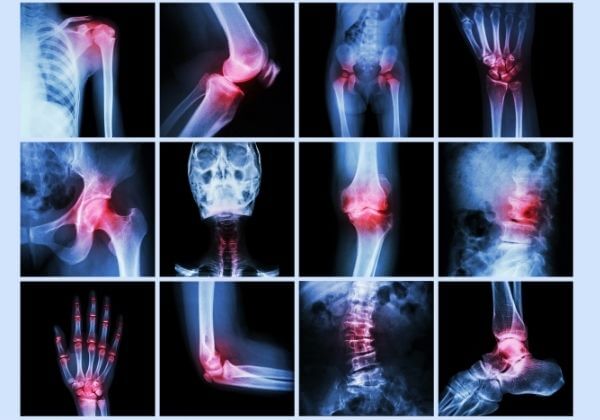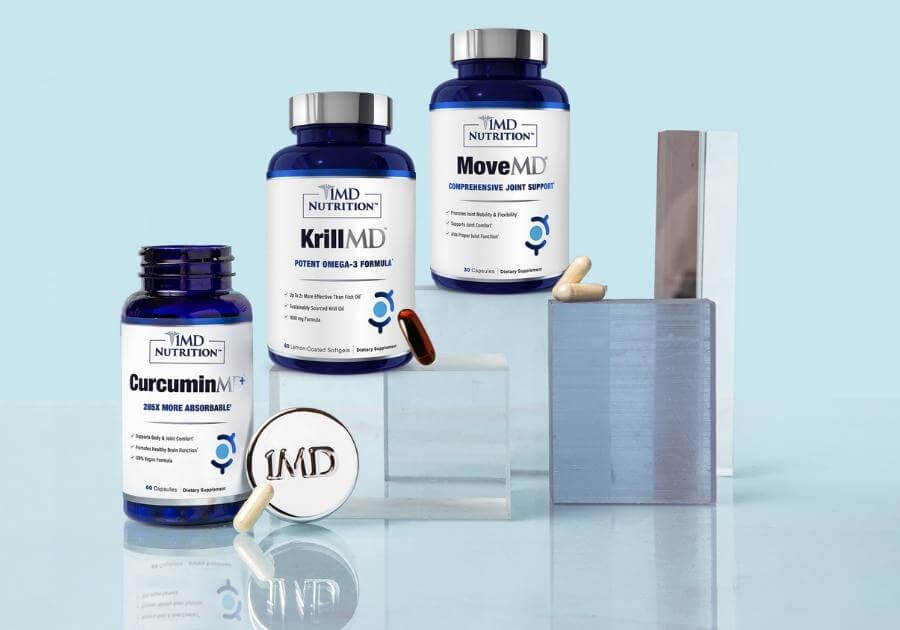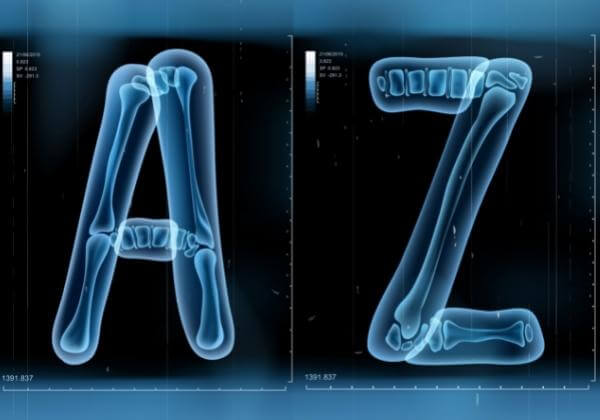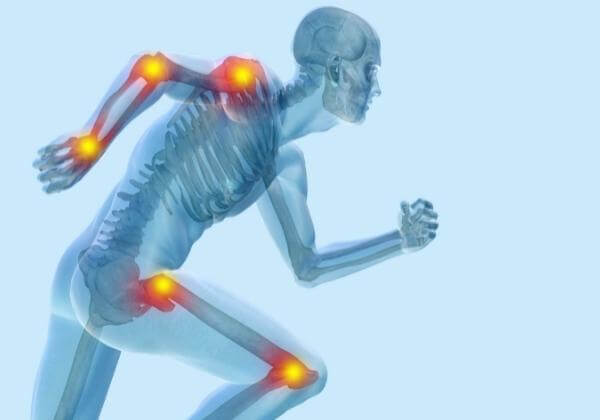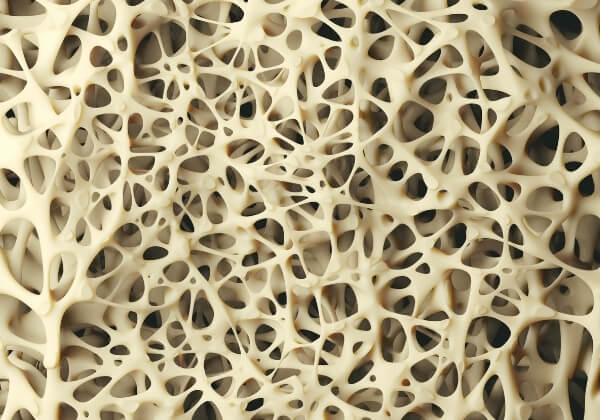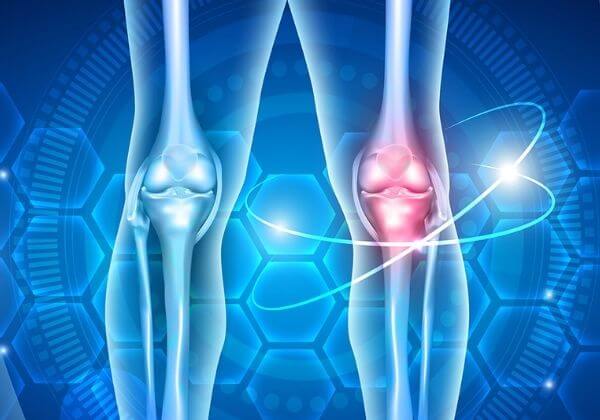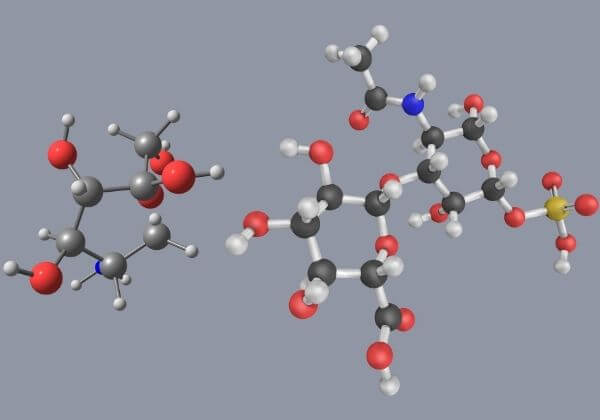The number of joints in the human body varies per person, with an estimated number between 250 and 350. However, given the large number of joints and several types, various joint issues may arise. Most joint issues are mechanical or degenerative and develop as a result of wear and tear, while others may arise due to overuse. Joint issues can also develop from trauma or injury or as a result of an aberrant immune system response.
Healthy joints provide for better mobility as you age. A lifetime of moving combined with underlying joint issues can take its toll on the cartilage in your joints. As the cartilage deteriorates, the bones in your joints may begin to rub together. This leads to discomfort and increases the risk of debilitating joint conditions. Testing joint function is an efficient way to identify these issues and initiate the proper treatment before symptoms worsen.
As you age, joint function naturally deteriorates. This may increase pain and one’s risk of joint conditions that can restrict mobility and may eventually lead to disability. Without early evaluation, diagnosis, and initiation of a treatment program, joint problems can progress, leading to serious complications. It is important to have your doctor evaluate joint function and health to avoid complications such as:
♦ the complete breakdown of cartilage resulting in joint narrowing
♦ deterioration of tendons and ligaments, which can lead to loss of stability
♦ bone spurs and loose tissue material in the joints
♦ increased risk of stress fractures
♦ pinched nerves in the extremities as well as neck and back
Certain factors contribute to poor joint health. Individuals with these risk factors are recommended to get regular joint function testing, especially with the onset of symptoms such as pain, swelling, stiffness, and even numbness. Early diagnosis leads to more efficient treatment planning to prevent and resolve potential painful symptoms. Risk factors of poor joint health include:
♦ Age: The body’s natural shock absorber, cartilage, naturally wears with age. As this happens, the synovial membrane that keeps your joints healthy may thicken, leading to extra fluid accumulation in the joint, which will cause swelling and discomfort.
♦ Trauma: Previous injury or trauma to a joint or surrounding muscle, ligament, or tendon can increase the risk of joint degeneration, stiffness, and pain.
♦ Weight: Being overweight increases the stress placed on your joints and surrounding soft tissue, which may speed up deterioration.
♦ Medications: The use of certain medications such as statins, antibiotics, and medications used to treat brittle bones, can cause pain that interferes with mobility.
♦ Family history: Genetics plays a role in the increased risk of certain joint conditions.
♦ Immune function: Aberrant autoimmune responses increase the risk of joint swelling leading to pain, stiffness, and impaired joint function.
♦ Muscle wasting: Muscle loss in the areas surrounding a joint may affect joint stability and increase the risk of degenerative problems and falls.
♦ Inactivity: A lack of regular exercise contributes to poor joint health in several ways. Excess weight, combined with reduced flexibility and muscle tone, increases the instability of joints.
Evaluating joint function is important, especially if you have symptoms that suggest joint deterioration. Symptoms can vary in onset and severity. There are general symptoms your doctor will look for that are indicative of poor joint health or other issues leading to reduced joint function.
The symptoms of joint conditions may include
♦ Joint pain that increases with weight-bearing
♦ Tenderness in joint area
♦ Joint swelling
♦ Joint stiffness
♦ Reduced range of motion of the joint
♦ Limping
♦ Locking of the joint
♦ Joint redness
♦ Warmth in joint
♦ Weakness
♦ Numbness
These symptoms can indicate poor joint health and the need for prompt evaluation. Early identification of joint issues is recommended for the most effective treatment outcomes. Individuals feeling any of these symptoms or risk factors are advised to get regular testing to maintain joint health and mobility.
When you experience joint stiffness, swelling, discomfort, or immobility, your doctor will conduct a physical exam of the affected joint(s). This involves looking at and feeling the joint as well as moving it around. Range of motion testing is important in identifying the cause and severity of issues that are affecting joint movement.
Joint function tests can be done with physical examination and a goniometer that tests joint angles and measures the degree of movement with different exercises. There are two different types of range of motion testing that are commonly used:
♦ Active range of motion is any movement that is performed entirely by the individual without outside force helping.
♦ Passive range of motion involves movement via an outside source while the joint is relaxed.
Joint function testing allows doctors to determine if any damage has been done to the joint, the surrounding soft tissues, or the tendons and ligaments.
Your doctor may also decide to conduct further testing to evaluate for joint abnormalities. These tests may include imaging tests such as X-rays, MRI scans, CT scans, and ultrasounds. Nerve tests may be performed to identify compressed nerves that occur due to swelling in the joint or with joint narrowing.
The following blood tests may also be requested to identify other potential issues reducing joint function.
♦ Rheumatoid Factor (RF): RF tests are designed to look for specific proteins produced by the immune system to identify erroneous immune responses that may trigger joint swelling and discomfort.
♦ CCP Antibody: Similar to RF, this test may identify specific antibodies in the blood that indicate an abnormal immune system response targeted at the joints.
♦ Erythrocyte Sedimentation Rate (ESR) or C-reactive protein (CRP): An elevated ESR or CRP may be associated with joint stiffness and swelling, potentially suggestive of immune response errors.
♦ Antinuclear Antibody (ANA): The presence of antinuclear antibodies in the blood can indicate that an autoimmune response is causing joint discomfort.
Proper testing and early identification of poor joint function provide the best opportunities for effective treatment and prevention of long term joint issues. Joint discomfort and reduced mobility can indicate underlying joint issues, but it is possible to alleviate and prevent these symptoms and promote better joint function.

Most treatments are designed to alleviate discomfort associated with poor joint health. Minor joint discomfort can often be alleviated with ice therapy to reduce swelling and heat therapy to relax muscles. Medications, such as oral or topical analgesics may also be prescribed.
Other treatment modalities include:
♦ Physical therapy: A carefully designed exercise program can help improve muscle strength to provide better support for the affected joint. Other specialized treatment techniques can also alleviate joint discomfort.
♦ Injections: Corticosteroids can be injected directly into the affected joint to help alleviate pain and swelling. Platelet-rich plasma (PRP) injections use the individual’s platelets to stimulate the body’s ability to heal tendons and ligaments around joints.
♦ Bracing: Assistive devices such as braces can provide compression to the affected joints, which can help alleviate pain and help improve mobility.
♦ Biological response modifiers: These medications directly target the immune system responses that contribute to joint distress.
Surgery is only an option when other, more conservative treatment methods have proven to be ineffective. Depending on the severity of joint damage, your doctor can recommend any of the following surgical procedures to improve joint mobility and health.
♦ Arthroscopic surgery involves small incisions through which your doctor can repair cartilage and ligaments.
♦ Joint resurfacing involves replacing part of the joint.
♦ Fusion joins two bones together in joints using pins, rods, or plates.
♦ Total joint replacement replaces a damaged joint with an implant that mimics a real joint's movement and function.
It is also possible to alleviate joint distress and help maintain proper joint function with natural supplements. Certain natural ingredients have been identified to help support joint function and may help slow the progression of joint deterioration. The physician formulated supplements from 1MD Nutrition™ contain scientifically proven ingredients to maintain proper joint health.
MoveMD®️ is a revolutionary joint health solution with clinically studied ingredients that include:
♦ AprèsFlex® Boswellia serrata alleviates joint distress and promotes better joint function and mobility by inhibiting the breakdown of cartilage and interfering with chemicals known to trigger joint swelling and pain.
♦ Zanthin® Natural Astaxanthin, a powerful antioxidant that has been clinically proven to outperform glucosamine and chondroitin, helps alleviate joint discomfort, protects cartilage integrity, and promotes proper joint function.
♦ Both type X.I.V. eggshell membrane collagen and Type II chicken collagen combine to protect cartilage tissue and increase range of motion for overall improved joint health.
♦ Hyaluronic acid helps promote joint mobility and flexibility by alleviating discomfort through the restoration of synovial joint fluid.

CurcuminMD® Plus contains the new Longvida®️ Optimized Curcumin formula, which is absorbed 285 times more efficiently than other types of curcumin. This high potency antioxidant protects both tissues and joints. CurcuminMD®️ Plus also contains a highly bioavailable form of standardized 65% Boswellia serrata to prevent cartilage loss and promote overall joint health.
KrillMD™ features pure, Antarctic krill oil, which is more effective than fish oil and provides potent omega-3 fatty acids. KrillMD™ also contains astaxanthin, another potent antioxidant that helps reduce free radical damage and supports healthy joint function. The krill phospholipids facilitate efficient absorption in the body to maximize its joint benefits.
Joint health matters. The cartilage that cushions your joints gradually wears down with time, which can negatively impact your mobility, flexibility, and quality of life. Some joint ailments can be very debilitating, but joint function can be maintained and even improved with the right approach.
In combination with healthy lifestyle choices, such as a balanced diet and regular exercise, MoveMD®️ is a revolutionary joint health formula that directly targets joint function from the inside. The clinically proven ingredients boost joint health, alleviate joint discomfort, and promote joint mobility.
Joint function can deteriorate over time, making regular evaluation important in identifying issues before becoming chronic and debilitating. With prompt diagnosis and 1MD Nutrition’s natural joint health supplements, you can protect your joints and maintain optimal joint function to keep you moving.
Dr. Adam Kreitenberg

Dr. Adam Kreitenberg is dual board-certified in both rheumatology and internal medicine. He completed his internal medicine internship, residency, and rheumatology fellowship at the University of Southern California and Los Angeles County Medical Center.





